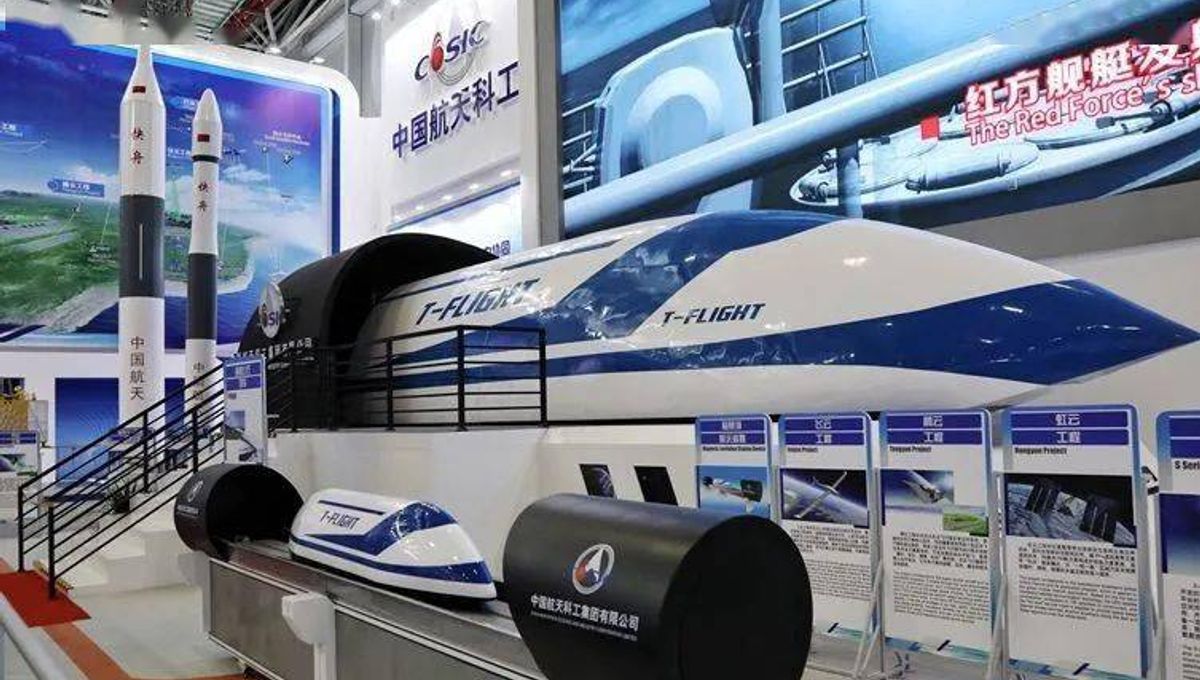
China claims to have successfully tested a hyperloop-style train on a 2-kilometer (1.2-mile) test track in North China, in which a train is levitated above magnetic rails inside a vacuum tube. State-run media outlets are reporting the train reached speeds of 81 miles per hour (130 kilometers per hour) but the design could lead to speeds of up to 620 mph (1,000 km/h) once completed.
This is potentially the first time anyone in the world has constructed and tested such a design, and plans for a 60-kilometer test track are now underway.
Hyperloop trains use maglev technology, which is currently used globally in the form of high-speed bullet trains, but take it to the next level by then placing the tracks within a partial or full vacuum. The complete lack of air resistance or friction allows the trains to travel rapidly and efficiently, and passengers of hyperloop trains have even reported they are unaware of the speeds they are traveling at. With no rails and wheels, the floating pods also create virtually no sound, leading to a comfortable commute.
Virgin Hyperloop made history by completing the first-ever passenger trip with hyperloop technology in November 2020, demonstrating the technology can be safe and quite pleasant for passengers. The pods accelerated from 0 to over 100 mph in just six seconds, but passengers stated they did not feel the rapid acceleration. Unfortunately for hyperloop enthusiasts, the company laid off half their staff shortly after and announced they will no longer transport humans in their hyperloop trains.
Source Link: China Successfully Tests Hyperloop Technology, Plans To Build Trains That Travel 1,000 KM/H